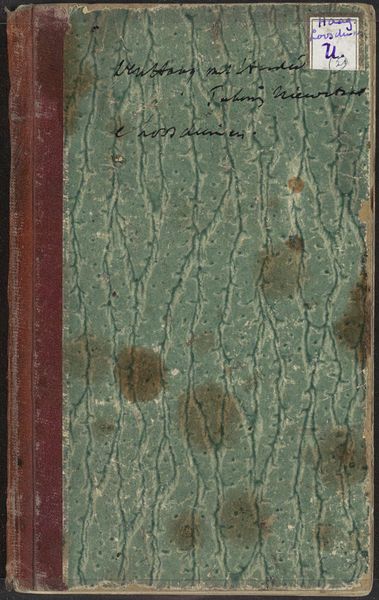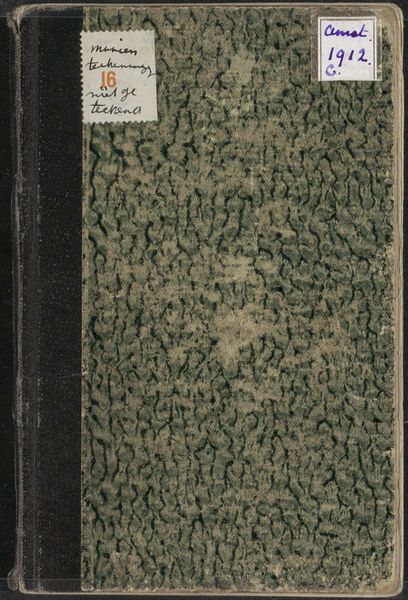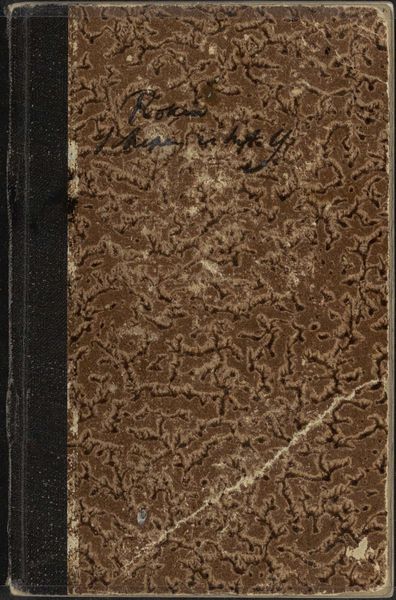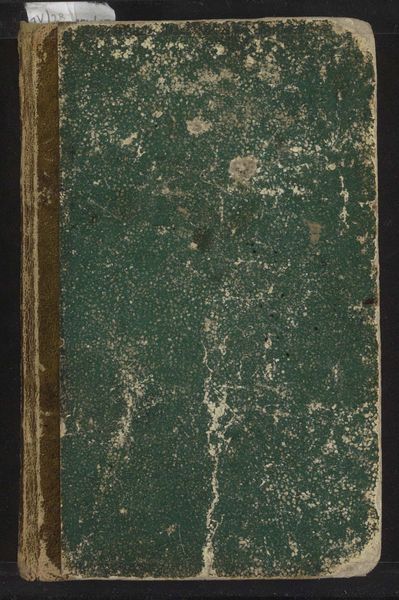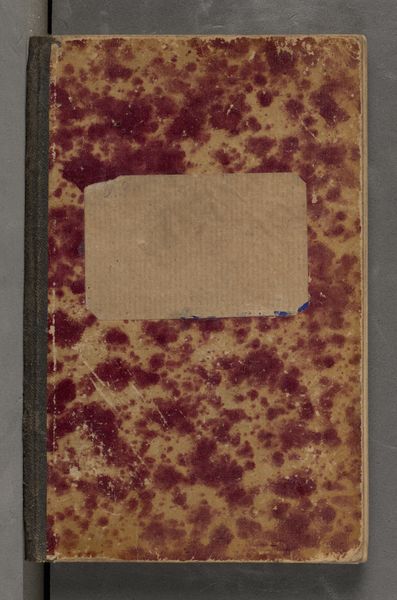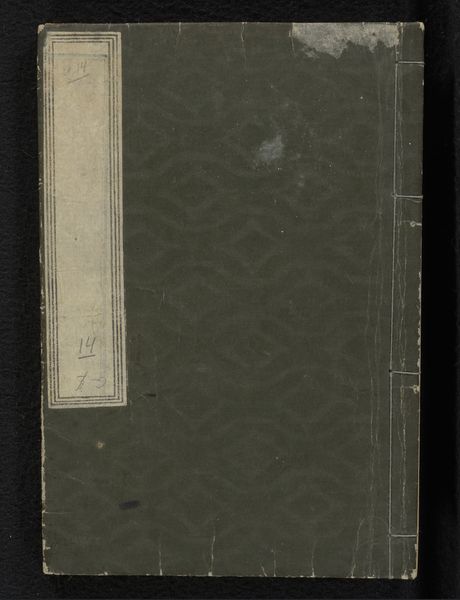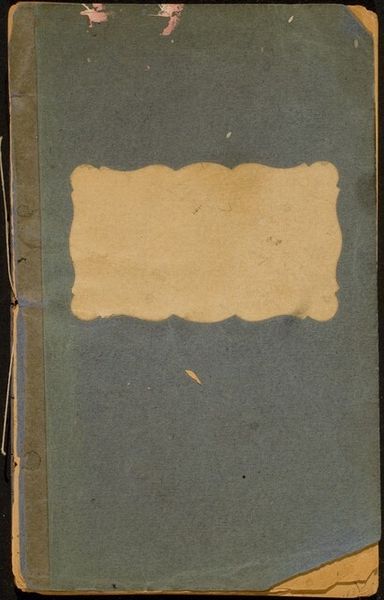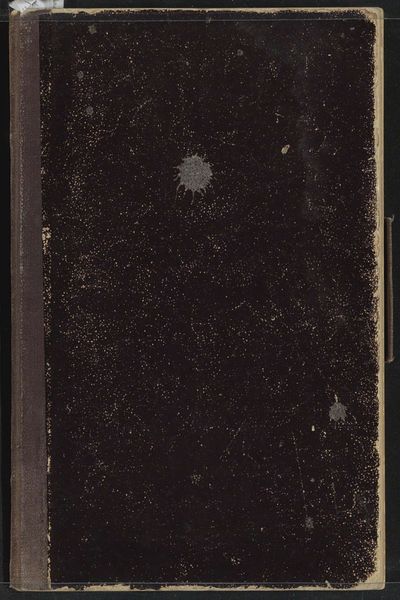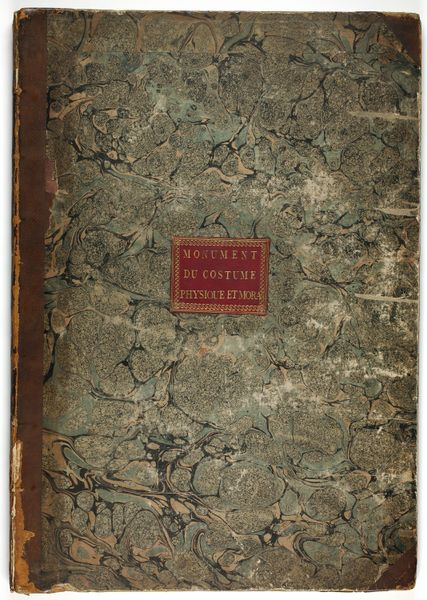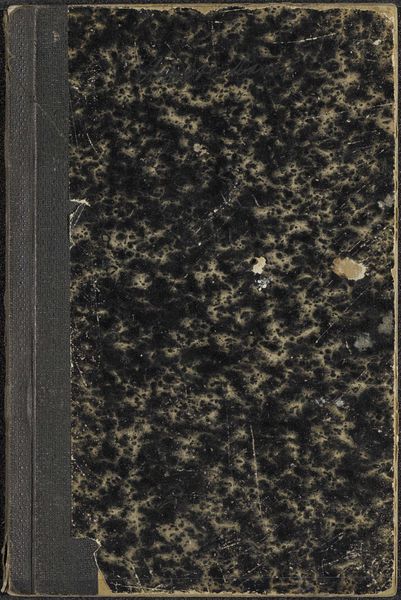
Leeg groen schetsboekbandje met rode linnen boekrug waarin voorheen 10 losse bladen hebben gezeten volgens het opschift op de voorkant 1867 - 1923
0:00
0:00
drawing, mixed-media, coloured-pencil, paper
#
drawing
#
mixed-media
#
coloured-pencil
#
dutch-golden-age
#
paper
#
coloured pencil
#
mixed medium
#
mixed media
Dimensions: height 462 mm, width 337 mm, depth 84 mm, height 191 mm, width 120 mm, depth 4 mm, width 239 mm
Copyright: Rijks Museum: Open Domain
This is a green sketchbook binding with a red linen spine, once containing ten loose leaves, made by George Hendrik Breitner in the Netherlands. Although empty now, its physical presence raises questions about the institutional life of art and the place of the sketch in the artistic process. Sketchbooks like this one were crucial tools for artists of Breitner’s time. They offered a space for experimentation, observation, and the development of ideas away from the formal demands of the studio or salon. Breitner was known for his street scenes and depictions of working-class life in Amsterdam. So, we might imagine this sketchbook filled with rapid impressions of the city, studies of figures, or preliminary ideas for larger compositions. The survival of the binding, even without its contents, highlights the role of museums like the Rijksmuseum in preserving not just finished artworks but also the traces of artistic labor. What can a historian learn from an object like this? We can look at the materials and construction of the sketchbook, comparing it to others from the period. We can study Breitner’s life and working methods. Through this we gain insight into the creative process and the social conditions that shaped his art.
Comments
No comments
Be the first to comment and join the conversation on the ultimate creative platform.
